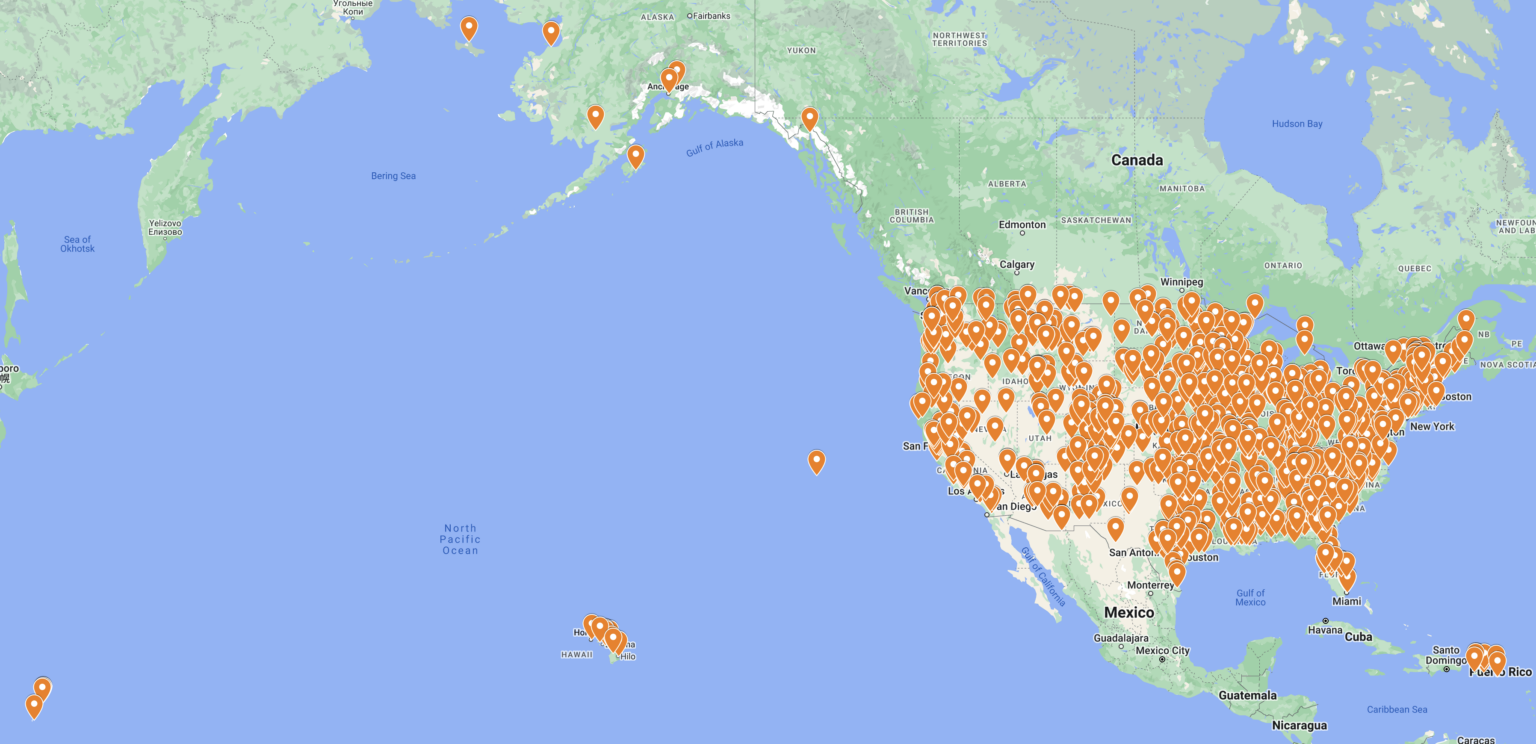
Originally published by NSAC on 2/12/24. Editor’s Note: This is a guest post written by our partners at the Flower Hill Institute, a recipient of MPPTA funds, and an organization with whom NSAC collaborates frequently.
The American Rescue Plan boosted diversity within local meat processors’ and enhanced their ability to better serve their community, but further supports are needed for continued success. Can the Farm Bill help?
Seeds planted over the past two years with the Biden Administration’s billion-dollar commitment to foster a more resilient, diverse, and equitable meat and poultry processing system are now beginning to sprout across the country and U.S. Territories:
- A cooperative of Montana ranchers is purchasing and expanding a processing facility that was on the verge of closing;
- Muslim producers in Maine are developing a new regional halal processing and marketing enterprise;
- several tribally-led initiatives are building processing facilities to strengthen their food security; and
- a producers’ co-op in Puerto Rico that supplies roasting hogs for restaurants is expanding to supply local retailers with fresh, locally grown pork.
This list goes on.
The American Rescue Plan (H.R. 1319, 117th Congress ) provided most of the funding for these programs. However, the demand for these resources has far too often outstripped the available funding.
Examples:
Last April 2023, USDA’s Agricultural Marketing Service offered a total of $75 million in funding to processors through the Local Meat Capacity competitive grant program to help existing processors improve their facilities and expand processing capacity.
AMS anticipated receiving about 300 applications for this program. More than 700 applications requesting $400 million flooded the agency when the application deadline closed in July 2023.
Similarly, the Indigenous Animal Harvesting Grant (IAG) offered $50 million to tribal governments to develop culturally appropriate processing facilities to help increase food sovereignty within their nations. Sixty-seven tribes requested over $350 million in funding.
MCap and IAG struck a strong chord with small processors and tribal nations. Adding a couple of new equipment items to their operation enables many processors to expand and diversify their marketing abilities. New tribal processing facilities can support the ability of tribal nations to feed their people.

Ideas for Further Funding
This technical assistance network will continue until at least year-end 2026, but many of the grant and loan programs funded under the American Rescue Plan were one-time opportunities. That’s something that writers of the next Farm Bill should consider. Sustaining these funding sources, with a focus on socially disadvantaged processors will be critical for more equitably developing our local food economies and strengthening our meat and poultry supply chains for future shocks. Future programs to expand and diversify the meat and poultry processing supply chain should include the custom-exempt processors that are important in many small communities, including those in which many residents rely heavily on wild game to feed their families.
In concert with thinking about potential continuation of these grant programs, the need for application and post award technical assistance would continue to grow after the spend out for the MPTTA program, which as mentioned above would end in 2026. We know from other programs, and from these novel meat and poultry expansion programs, that technical assistance itself can be a critical part in ensuring more equitable uptake of grant opportunities and more generally in generating successful projects that more effectively steward received grant dollars.
The seeds of the Administration’s commitment are indeed sprouting. Continued attention to the small processor sector, via grants and loans or field based technical assistance is vital to help these enterprises grow and thrive in the years ahead.
